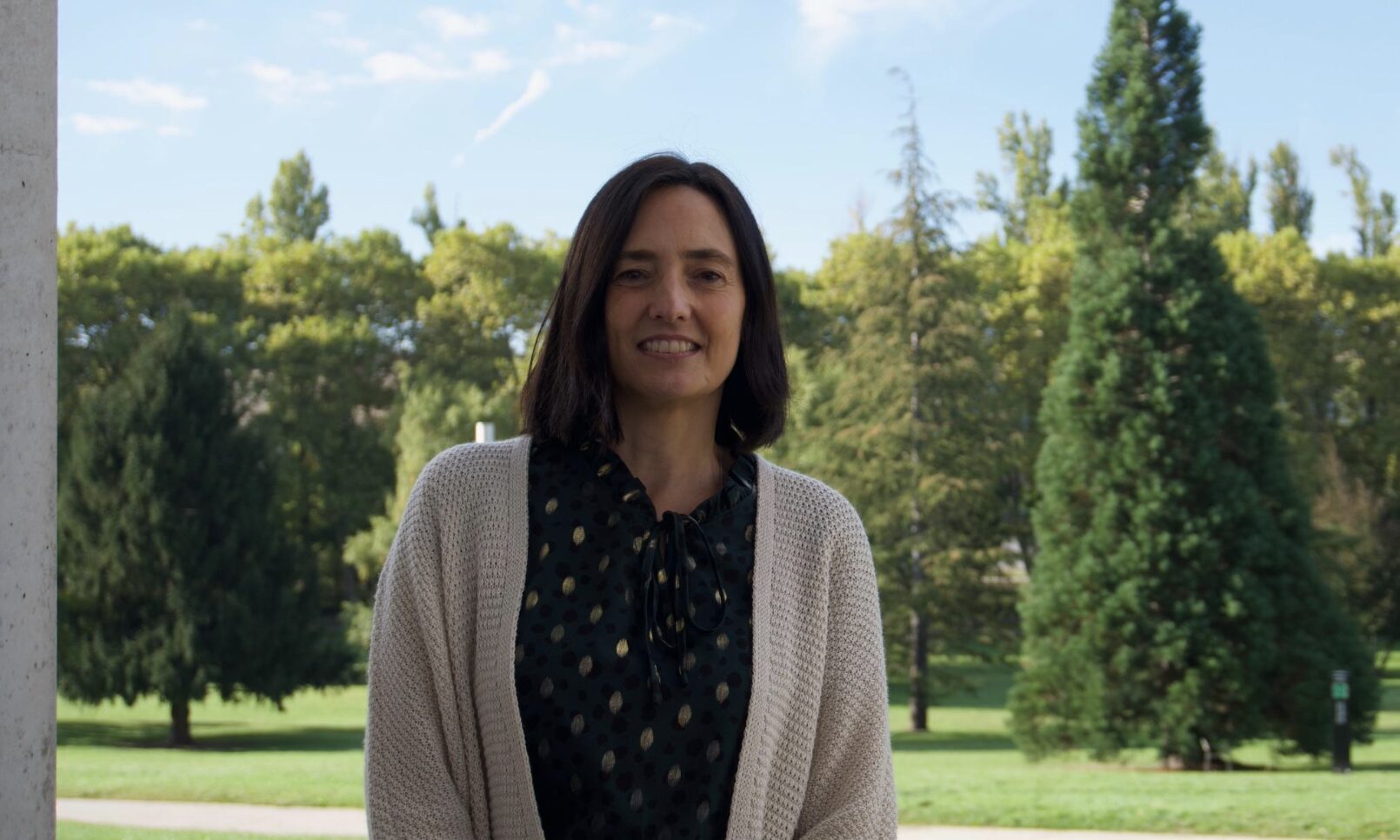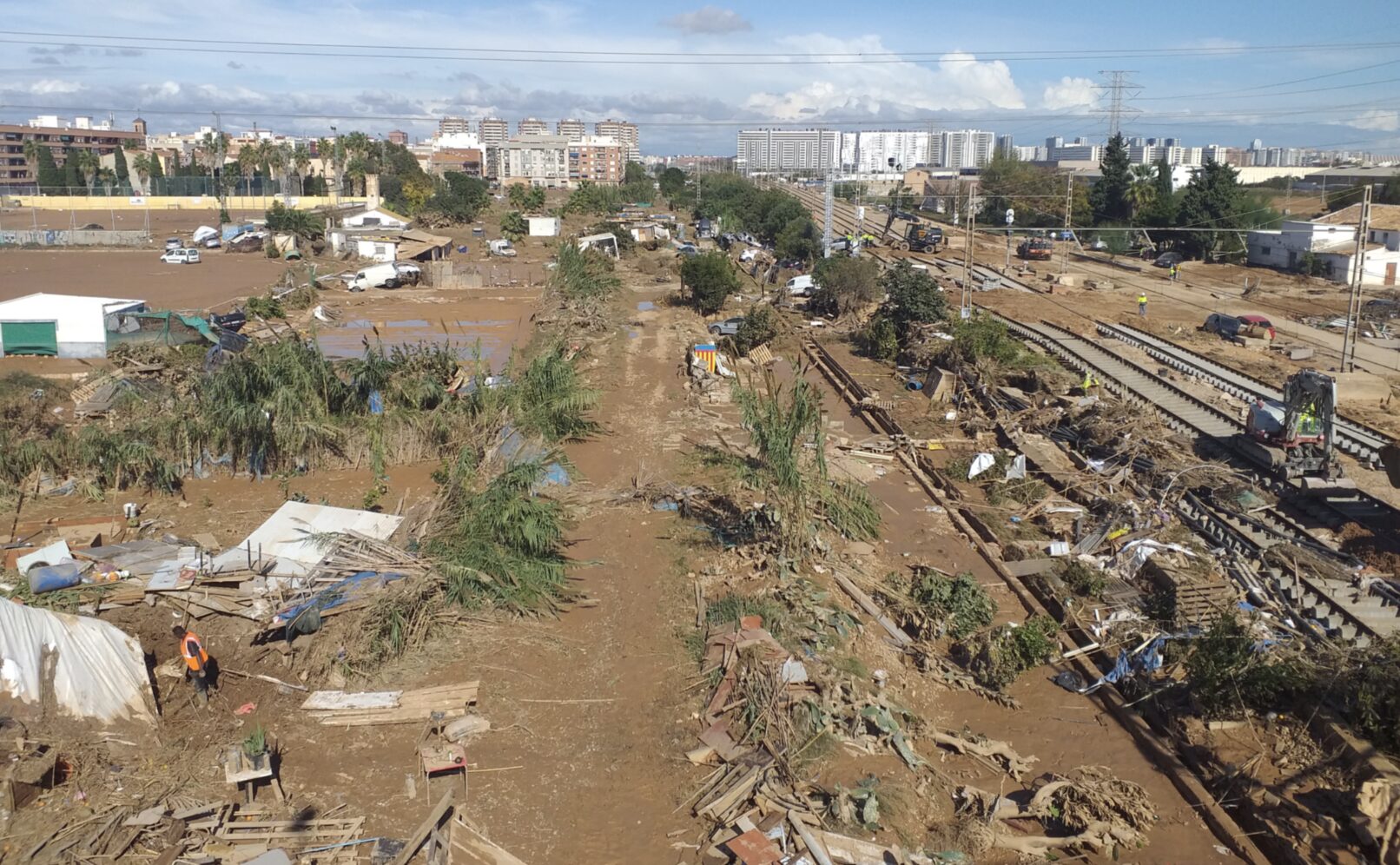
Mario Castroviejo

Mario Castroviejo
Maria Carmen Erviti is a professor of communication at the University of Navarra in Spain, where she researches how the media represents climate change. With a background in television and a Ph.D. focused on science communication, her work explores how audiovisual narratives shape the public’s understanding of the climate crisis. She now collaborates with fact-checking initiatives searching for new ways to respond to climate disinformation.
The contents below have been edited for length and clarity.
Mario Castroviejo: From your perspective, what is the biggest challenge climate change communication faces right now?
Maria Carmen Erviti: When I started studying, climate change denial was limited to the English-speaking world, with Americans being the most polarized on the issue of climate change and so on. But in Europe, there was a broad consensus on climate change. However, it seems that in recent years it has been questioned more, and I understand that this has been in a political context, with the entry of far-right actors into parliaments in different countries, etc. Now that there is more polarization, perhaps the new global situation has led to more misinformation circulating on the subject.
MC: How can misinformation be combated?
MCE: One of the projects I am currently involved in is with a fact-checker, Maldita.es, which is looking for a new way to combat misinformation called “argument checking” in a project called “AC/DC: Argument Checking vs. Disinformation Content During Climate Emergencies and Crisis.” Instead of just saying that something is not true, it is about engaging in dialogue with the false argument.
For example, if someone says that the [2024 rainstorm that caused flooding in Valencia] was an attack by Morocco using climate manipulation technology to ruin the harvest, questions are asked to dismantle the argument, such as why Morocco would have that technology and how it would do it. It is a way of asking questions so that the misinformation dismantles itself.
MC: Why has climate change lost space in the public agenda?
MCE: I think that sometimes we get tired, because we have been talking about climate change for decades and we get saturated. What really interests us as an audience are the latest developments and the latest news.
After so long, climate change becomes an abstract issue, and to connect it with reality we need events, like the floods and fires in Spain and Europe, and relevant spokespersons to put it on the media and political agenda. Although the issue may seem worn out, extreme weather events serve as constant reminders of climate change in the media.
MC: In your research on coverage of those recent events, is the media bringing up climate change in the narrative?
I am currently studying the coverage of this summer’s fires in the regional press of the Spanish autonomous communities affected. It struck me that in the newspapers, it is ordinary people, such as affected neighbors and firefighters, who mention climate change when talking about the disaster.
Many [contain] quotes in which, for example, one neighbor says to another, “Climate change has really hit us hard.” It is not only experts who talk about climate change, but also the general public is associating it directly with what has happened to them.
MC: Do you think this awareness will translate into action?
MCE: There will be no other choice. I don’t know how to put it, but there is no other choice but to rebuild what floods in Spain destroyed. And now there will be no other choice but to do something about forest management. Climate change has many implications. So we have to respond to those implications.
That’s the job of politicians, but one of the things that has surprised me is that climate change is not only talked about by university scientists, professors from such-and-such a university, forestry engineers who run such-and-such a thing, but also by ordinary people — that is, ordinary people who assume that what has happened is in the context of climate change.

MC: In climate communication, what kind of narratives work better: alarmist or hopeful messages?
MCE: Alarmist images, such as floods or cyclones, have an impact and show the seriousness of the problem, but they can overwhelm people. When you see something that overwhelms you, the human reaction is, “I can’t cope with this,” and in that sense, you are left powerless to combat the problem. On the other hand, hopeful images give people the feeling that they can contribute in their own way to doing something for the planet, and they are more positive.
MC: How did you get started in climate change communication?
MCE: After working in television for seven years, I knew I wanted to do a doctoral thesis related to this medium. My supervisor, Bienvenido León, suggested some topics, and climate change seemed the most interesting to me. I have to admit that at the time I was a little skeptical about this topic myself, and I thought, well, if I start researching it, I’ll come to understand it. And indeed, through my research, I was able to see that it is extremely important because it has so many implications, and I immediately realized that the skeptical arguments had neither strength nor scientific support.
MC: What do you see as the most urgent task for climate communication in the years ahead?
MCE: I think that right now, the issue of misinformation is what causes the most trouble. We would need to review the most recent public opinion polls on climate change, but I think that most people do believe that climate change is happening and that it is a significant problem. However, misinformation causes a lot of noise, and it is true that it seems to be gaining more and more followers.